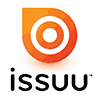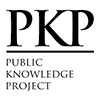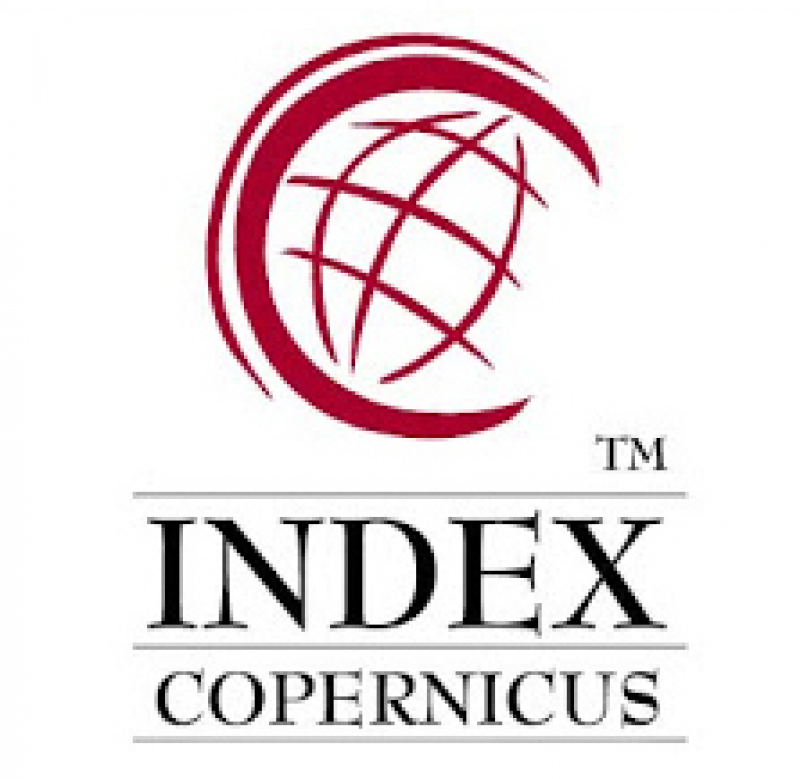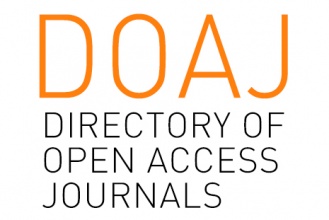Negotiation Strategies of Fishermen in Fish Trading at Southern Cilacap Fish Auctions: A Sociopragmatic Review
Abstract
To build relationships and social interactions in achieving goals, communication is crucial. One of the human activities involving communication is business or trading. Effective communication in business demands the implementation of communication strategies, particularly in negotiation, to maximize profits. This research aims to describe the negotiation strategies employed by fishermen with regular buyers and traders at fish auctions on the southern coast of Java from a sociopragmatic perspective. This qualitative descriptive study was conducted at three fish auction sites in southern coastal areas. The data comprise fishermen's utterances during transactions with regular buyers and traders, as well as secondary data obtained through interviews with fishermen. The data source includes all speech events in fish trading at southern coastal auction sites. Data collection was conducted using purposive sampling, and the structured data were then tabulated to address the research objectives and hypotheses based on theories and conceptual frameworks. The findings reveal that the communicative interactions between fishermen, regular buyers, and traders exhibit communication patterns: (1) interactions start with offering or directly naming the goods, and (2) face-to-face and reciprocal (dialogical) communication between fishermen and buyers or traders facilitates agreement. Fishermen, buyers, and traders demonstrate communicative skills and shared understanding that support the continuity of economic transactions. This indicates that the dimensions of speech acts and conversational maxims are well understood by traders and buyers. Thus, this research has implications for utilizing communication models in marketing.
Keywords
Full Text:
PDFReferences
Blumberg, B., Cooper, D., & Schindler, P. (2014). EBOOK: Business research methods. McGraw Hill.
Bonvillain, N. (2019). Language, culture, and communication: The meaning of messages. Rowman & Littlefield.
Brown, P. (2015). Politeness and language. In The International
Encyclopedia of the Social and Behavioural Sciences (IESBS),(2nd ed.) (pp. 326–330). Elsevier.
Brown, P., & Levinson, S. C. (1987). Politeness: Some universals in language usage (Vol. 4). Cambridge university press.
Brown, R. (2014). Politeness theory: Exemplar and exemplary. In The legacy of Solomon Asch (pp. 23–38). Psychology Press.
Chase, R. S., & Shamo, W. (2012). Elements of effective communication (Vol. 10). Plain & Precious Publishing.
Cornelissen, J. P. (2023). Corporate communication: A guide to theory and practice.
Dittmann, A. T. (2014). The role of body movement in communication. In Nonverbal behavior and communication (pp. 37–64). Psychology Press.
Fathi, S. (2024). Revisiting Brown and Levinson’s Theory of Politeness. European Journal of Language and Culture Studies, 3(5), 1–11.
Fatimayin, F. (2018). What is communication. National Open University of Nigeria.
Fauziah, F. (2020). Strategi komunikasi bisnis online shop “shoppe” dalam meningkatkan penjualan. Abiwara: Jurnal Vokasi Administrasi Bisnis, 1(2), 45–53.
Fawkes, J. (2013). Public relations and communications. In The public relations handbook (pp. 37–53). Routledge.
Fells, R., & Sheer, N. (2019). Effective negotiation: From research to results. Cambridge University Press.
Germain‐Thomas, P., Lafarge, C., & Sidibe, D. (2019). Collaborative role‐play design: Teaching negotiation through a novel student–business partnership. Negotiation Journal, 35(3), 387–402.
Giorgi, A. (2020). Reflections on certain qualitative and phenomenological psychological methods. University Professors Press.
Gligor, D. M., & Autry, C. W. (2012). The role of personal relationships in facilitating supply chain communications: A qualitative study.
Journal of Supply Chain Management, 48(1), 24–43.
Grice, P. (1991). b. Harvard University Press.
Gunawan, F. (2017). Representasi kesantunan Brown dan Levinson dalam wacana akademik. Kandai, 10(1), 16–27.
Habermas, J. (2014). The future of human nature. John Wiley & Sons.
Lasswell, H. D. (1948). Who says what in which channel to who whom with what effect. Bernard Berelson.
Leech, G., & Tatiana, L. (2014). Politeness: West and east. Russian Journal of Linguistics, 4, 9–34.
Miles, M. B., & Huberman, A. M. (1994). Qualitative Data Analysis: An Expanded Sourcebook. sage.
Munadzdzofah, O. (2018). Pentingnya Bahasa Inggris, China, dan Jepang Sebagai bahasa Komunikasi Bisnis di era Globalisasi. VOCATIO: Jurnal Ilmiah Ilmu Administrasi Dan Sekretari, 1(2), 58–73.
Noerrofi’a, I., & Bahri, S. (2019). pragmatic is the study of those relations betwen language and context that are grammaticalized or encoded in the structure of a language. Pioneer: Journal of Language and Literature, 11(1), 12–20.
Quirke, B. (2017). Making the connections: Using internal communication to turn strategy into action. Routledge.
Salmiah, N. S. (2016). Kesadaran Masyarakat Nelayan terhadap Pendidikan Anak. JPPUMA: Jurnal Ilmu Pemerintahan Dan Sosial Politik UMA (Journal of Governance and Political Social UMA), 4(1), 1–10.
Sapitri, P. A., Chasanah, A., Putri, A. A., & Paulima, J. (2019). Exploring Brown and Levinson’s Politeness Strategies: An Explanation on the Nature of the Politeness Phenomenon. REiLA: Journal of Research and Innovation in Language, 1(3), 111–117.
Saputry, D. (2016). Strategi kesantunan positif dan negatif dalam bentuk tuturan direktif di lingkungan STKIP Muhammadiyah Pringsewu Lampung. Jurnal Pesona, 2(2).
Satria, A. (2015). Pengantar sosiologi masyarakat pesisir. Yayasan Pustaka Obor Indonesia.
Schoop, M., Köhne, F., & Ostertag, K. (2010). Communication quality in business negotiations. Group Decision and Negotiation, 19, 193–209.
Shoemaker, P. J., & Reese, S. D. (1996). Mediating the message. White Plains, NY: Longman.
Sulistyo, E. T. (2013). Pragmatik suatu kajian awal.
Syatori, A. (2016). Ekologi politik masyarakat pesisir (Analisis sosiologis kehidupan sosial-ekonomi dan keagamaan masyarakat nelayan Desa Citemu Cirebon). Holistik, 15(2).
Waugh, L. R., Catalano, T., Masaeed, K. Al, Hong Do, T., & Renigar, P. G. (2016). Critical discourse analysis: Definition, approaches, relation to pragmatics, critique, and trends. Interdisciplinary Studies in Pragmatics, Culture and Society, 71–135.
Zhu, Y., Nel, P., & Bhat, R. (2006). A cross cultural study of communication strategies for building business relationships. International Journal of Cross-Cultural Management, 6(3), 319–341.
DOI: http://dx.doi.org/10.18415/ijmmu.v12i2.6491
Refbacks
- There are currently no refbacks.
Copyright (c) 2025 International Journal of Multicultural and Multireligious Understanding

This work is licensed under a Creative Commons Attribution-NonCommercial-NoDerivatives 4.0 International License.
https://ijmmu.com
editor@ijmmu.com
facebook.com/ijmmu
Copyright © 2014-2018 IJMMU. All rights reserved.



































